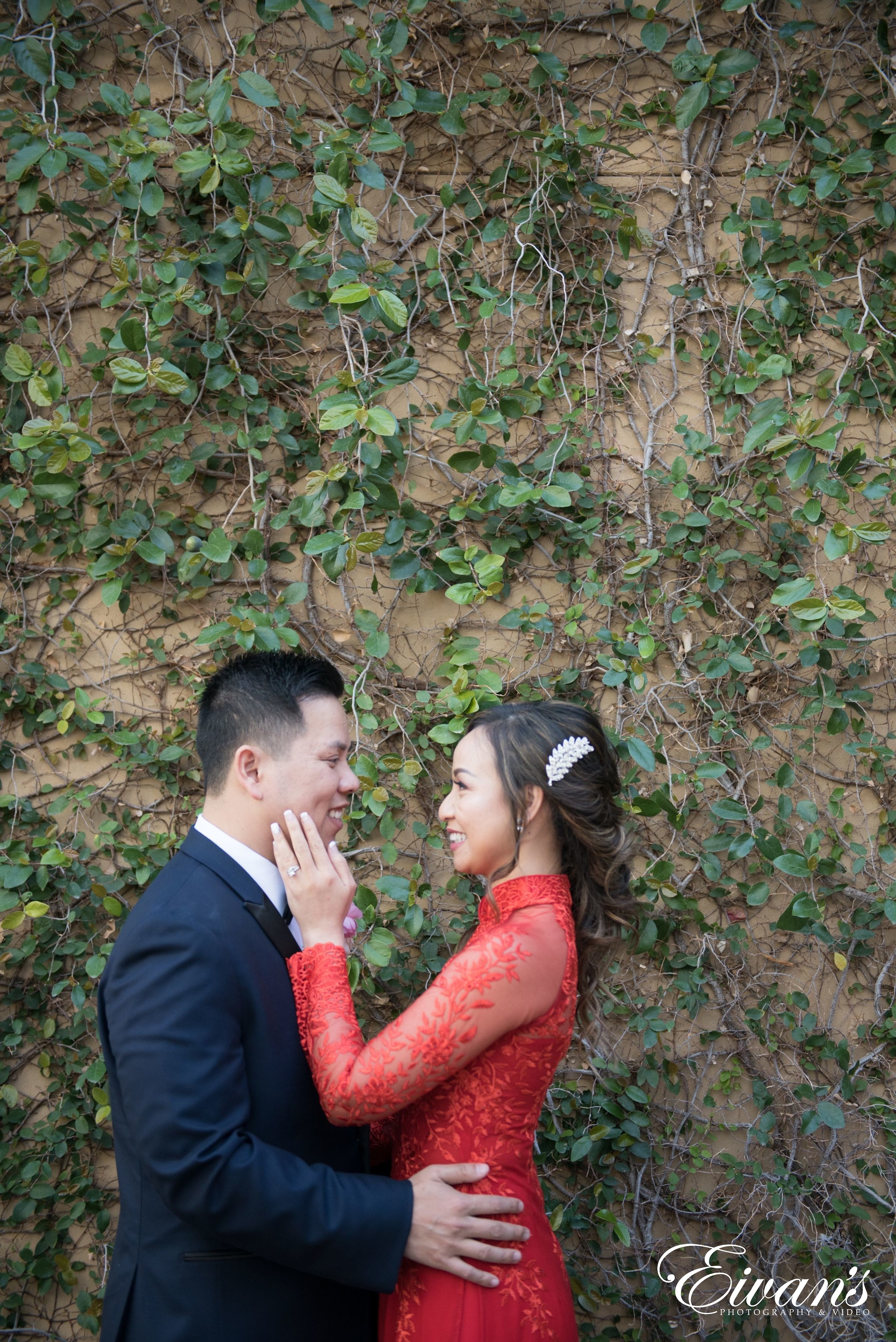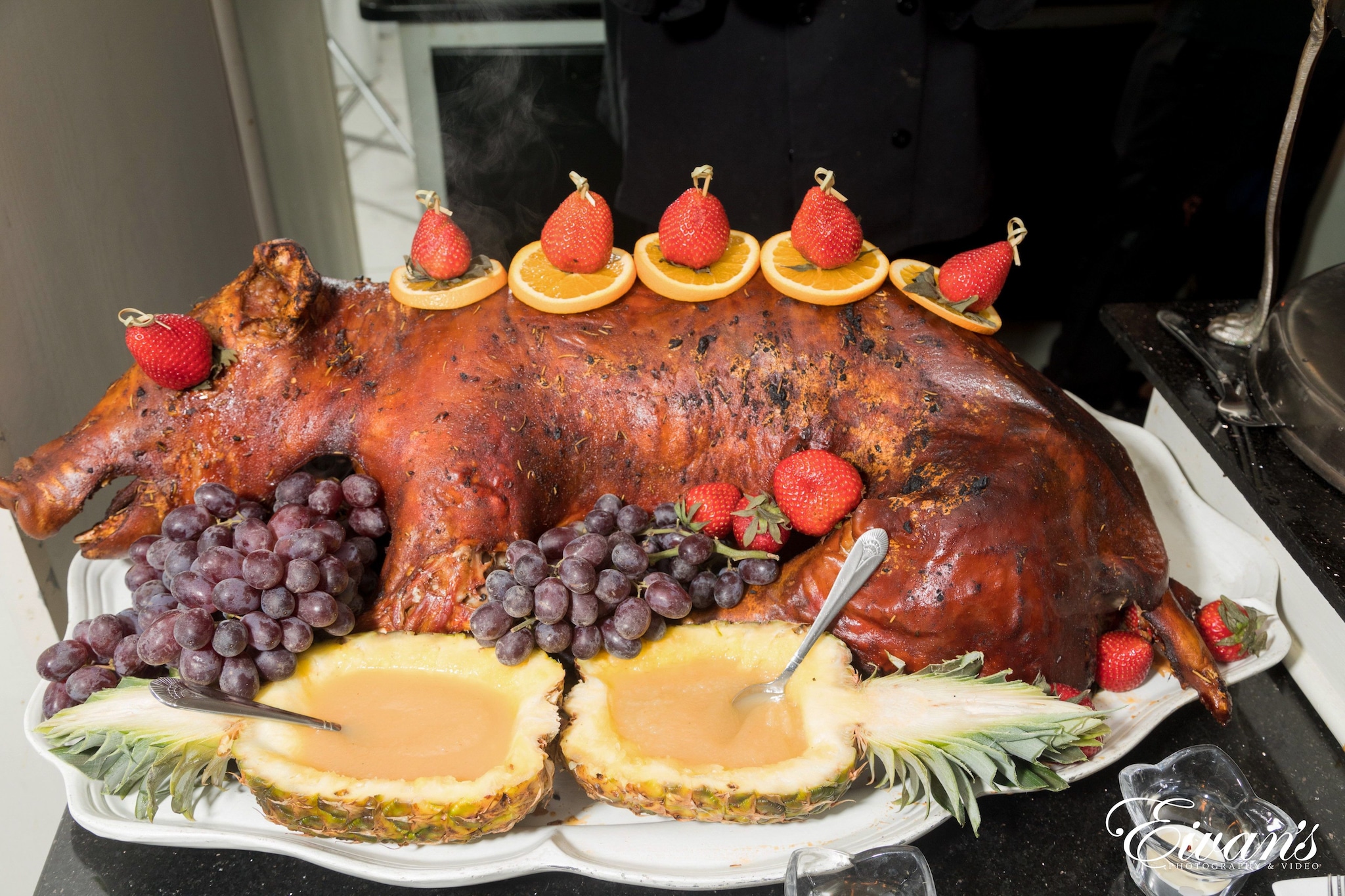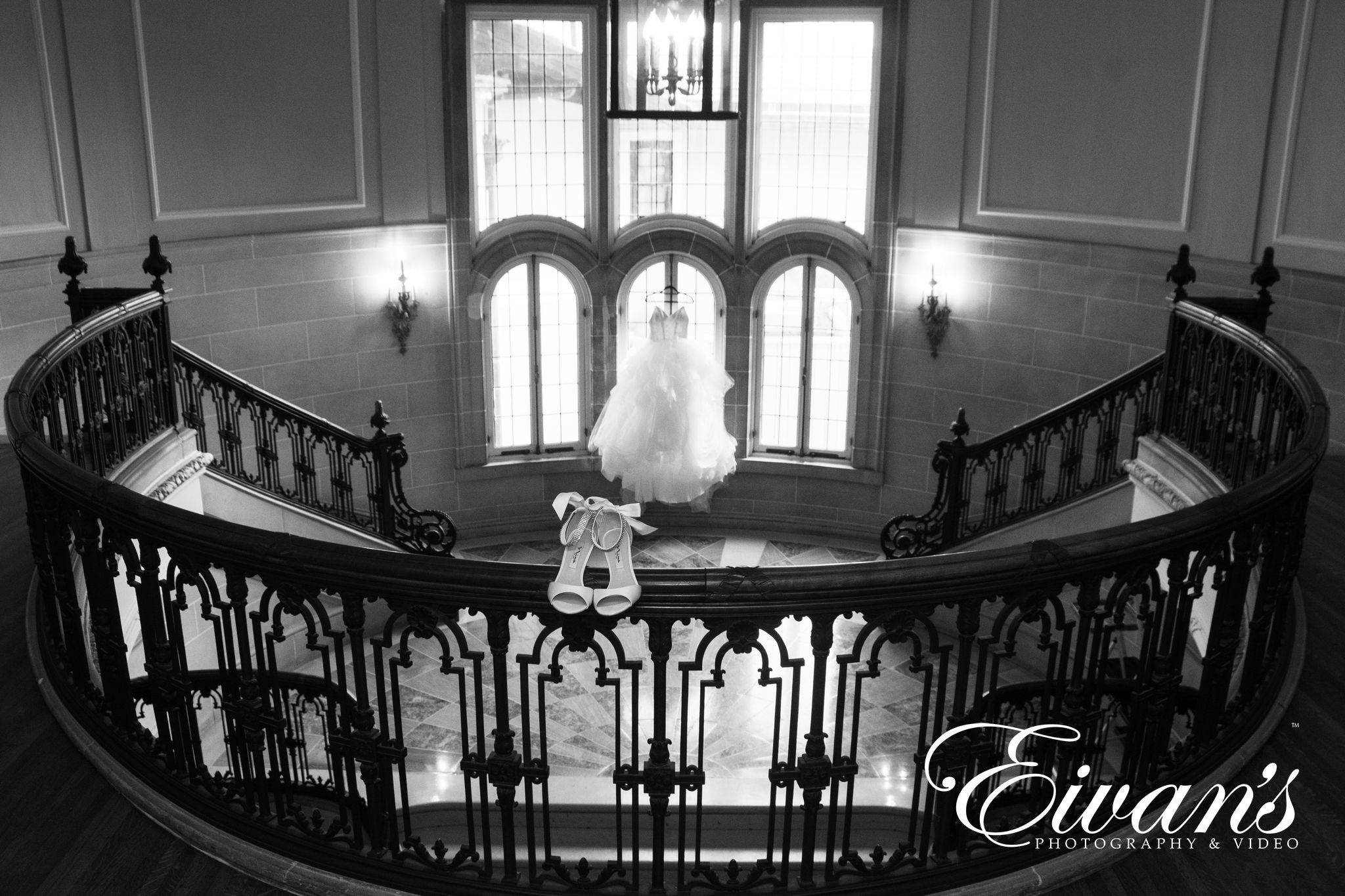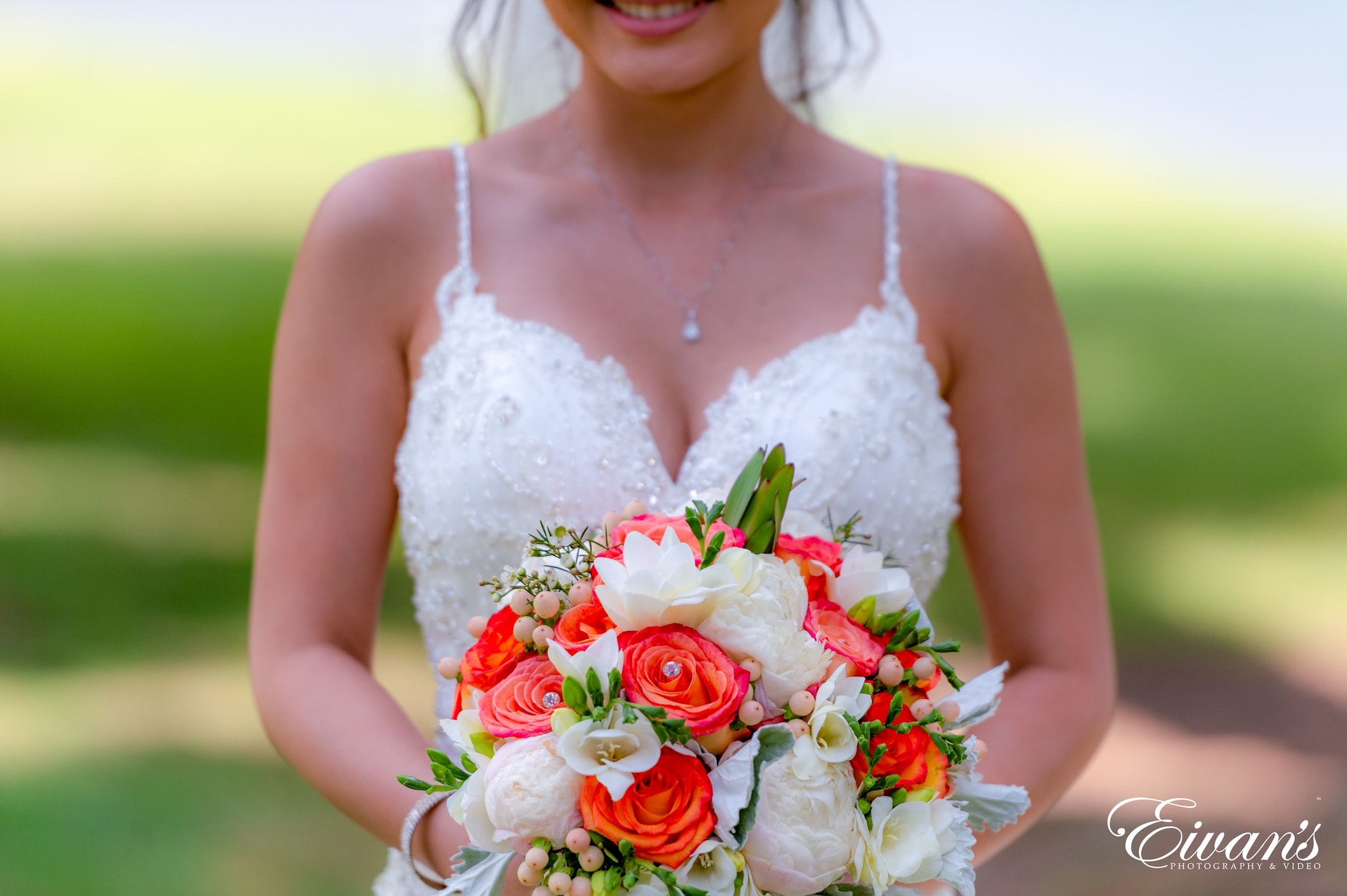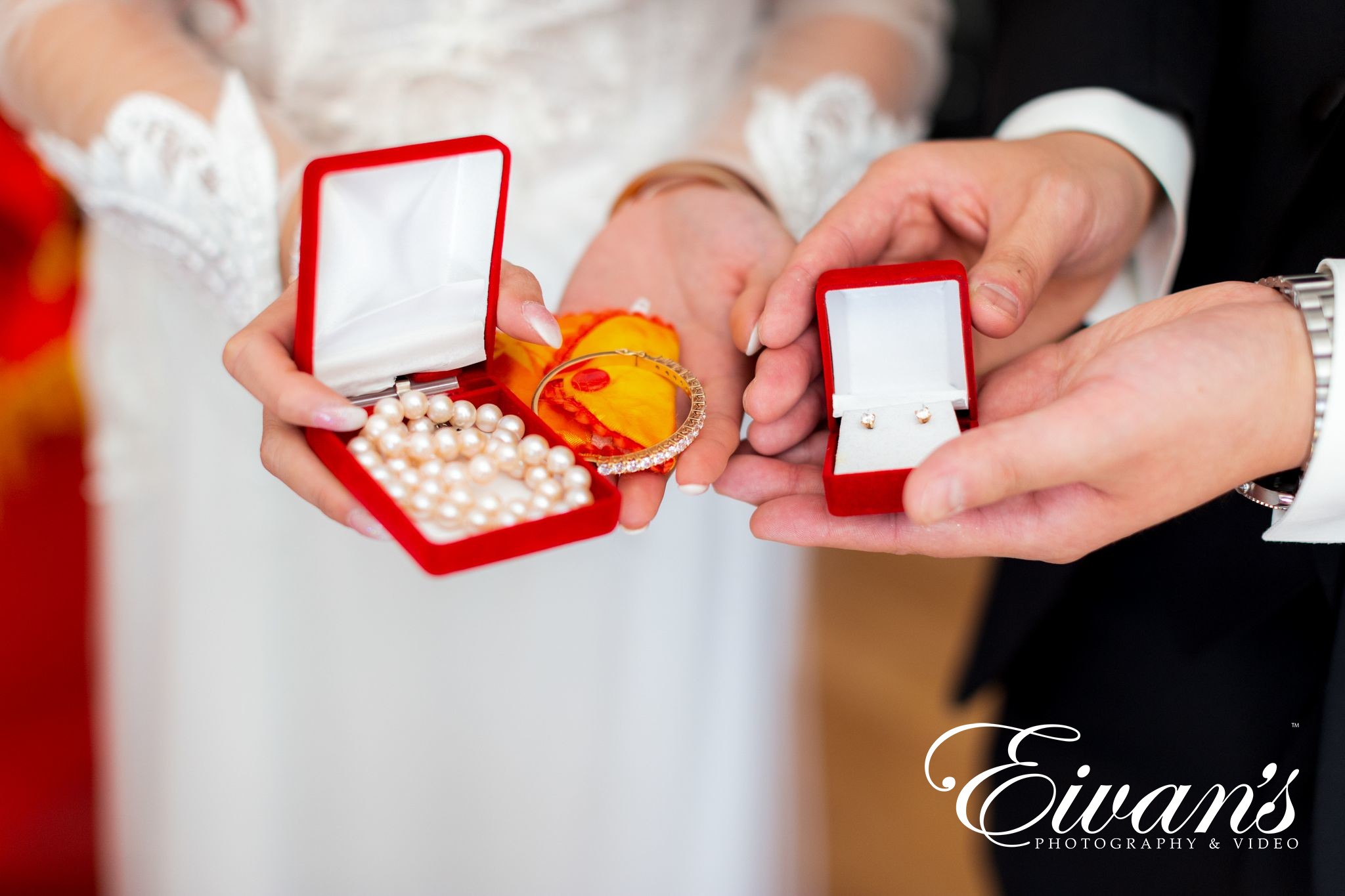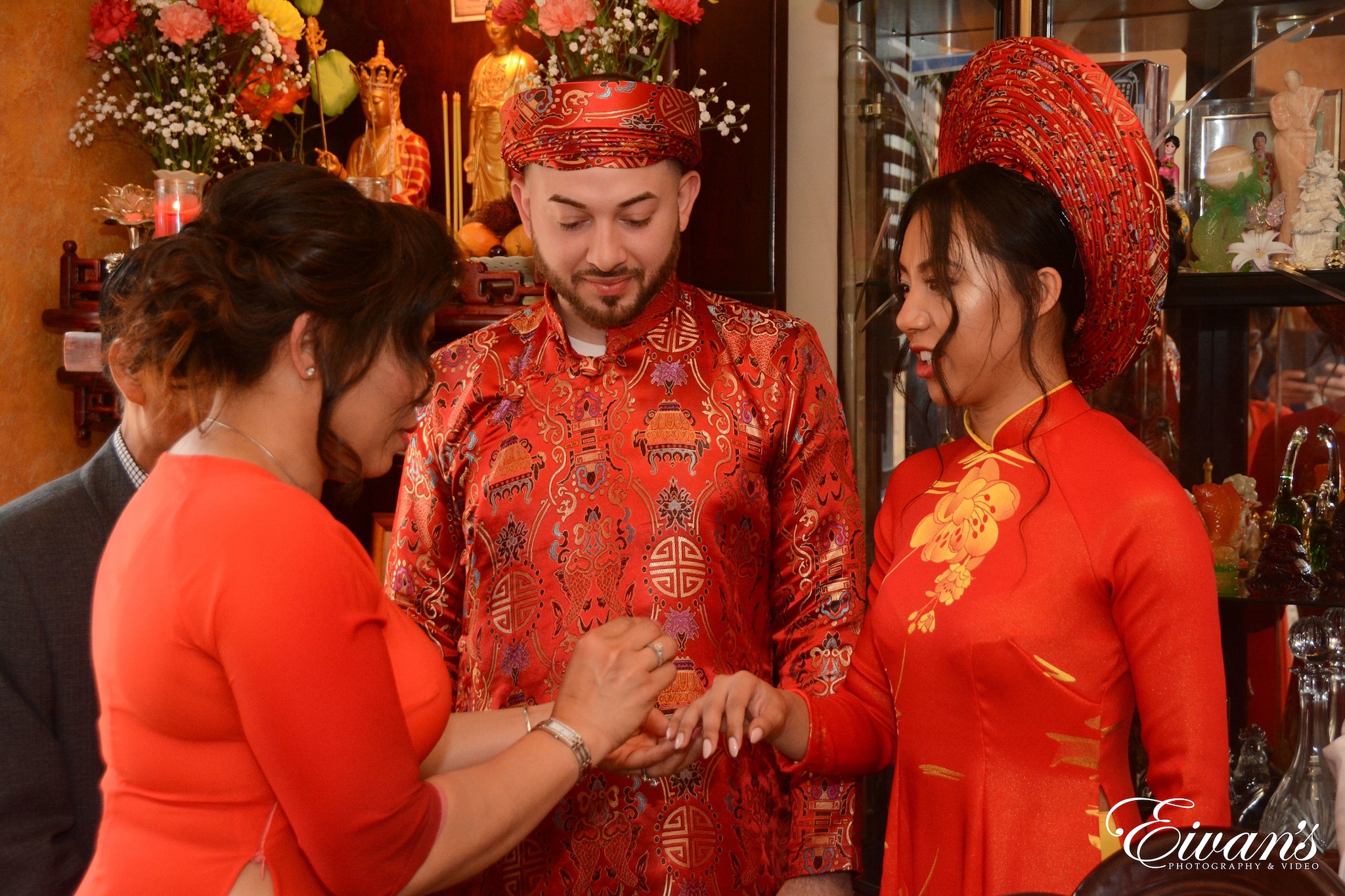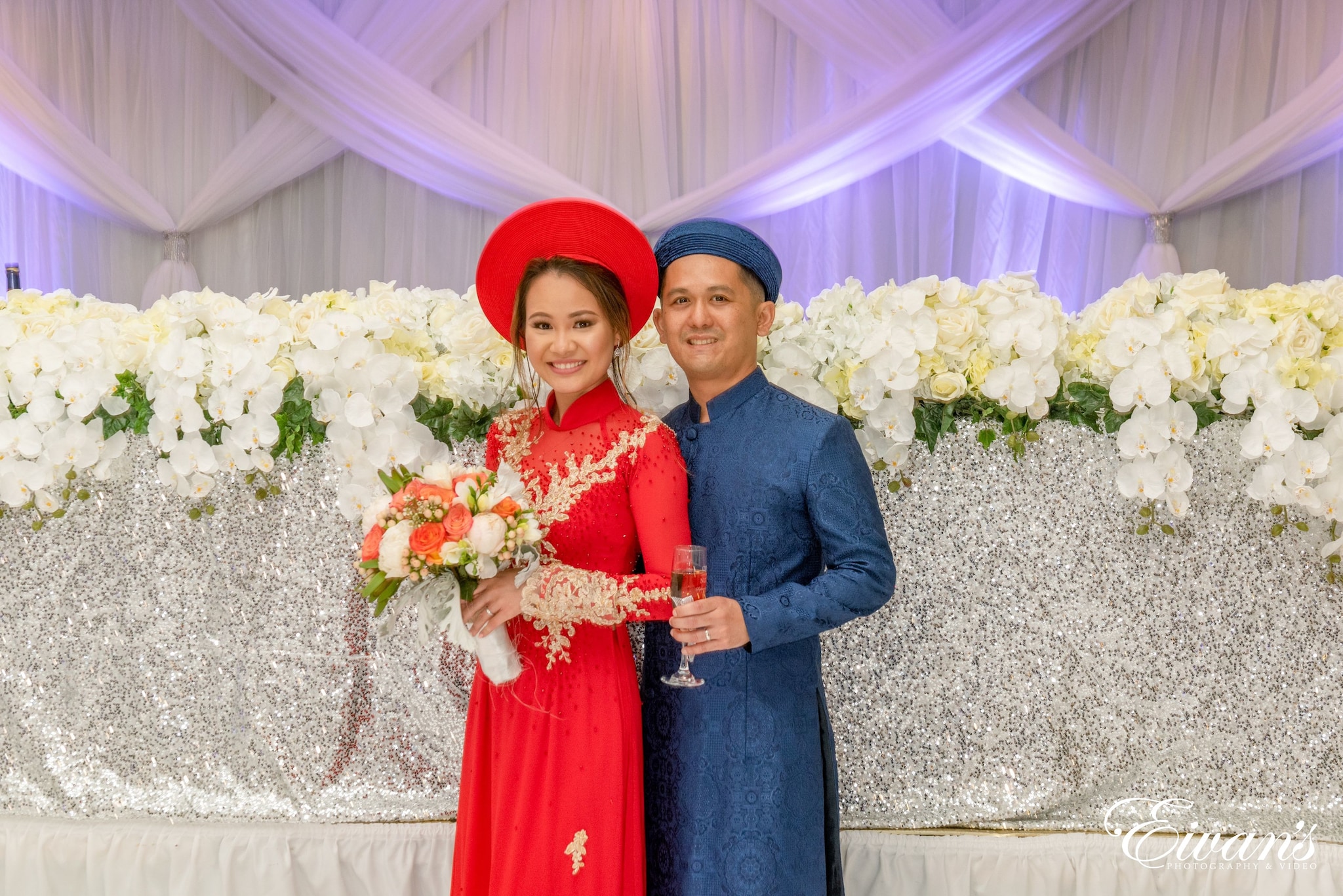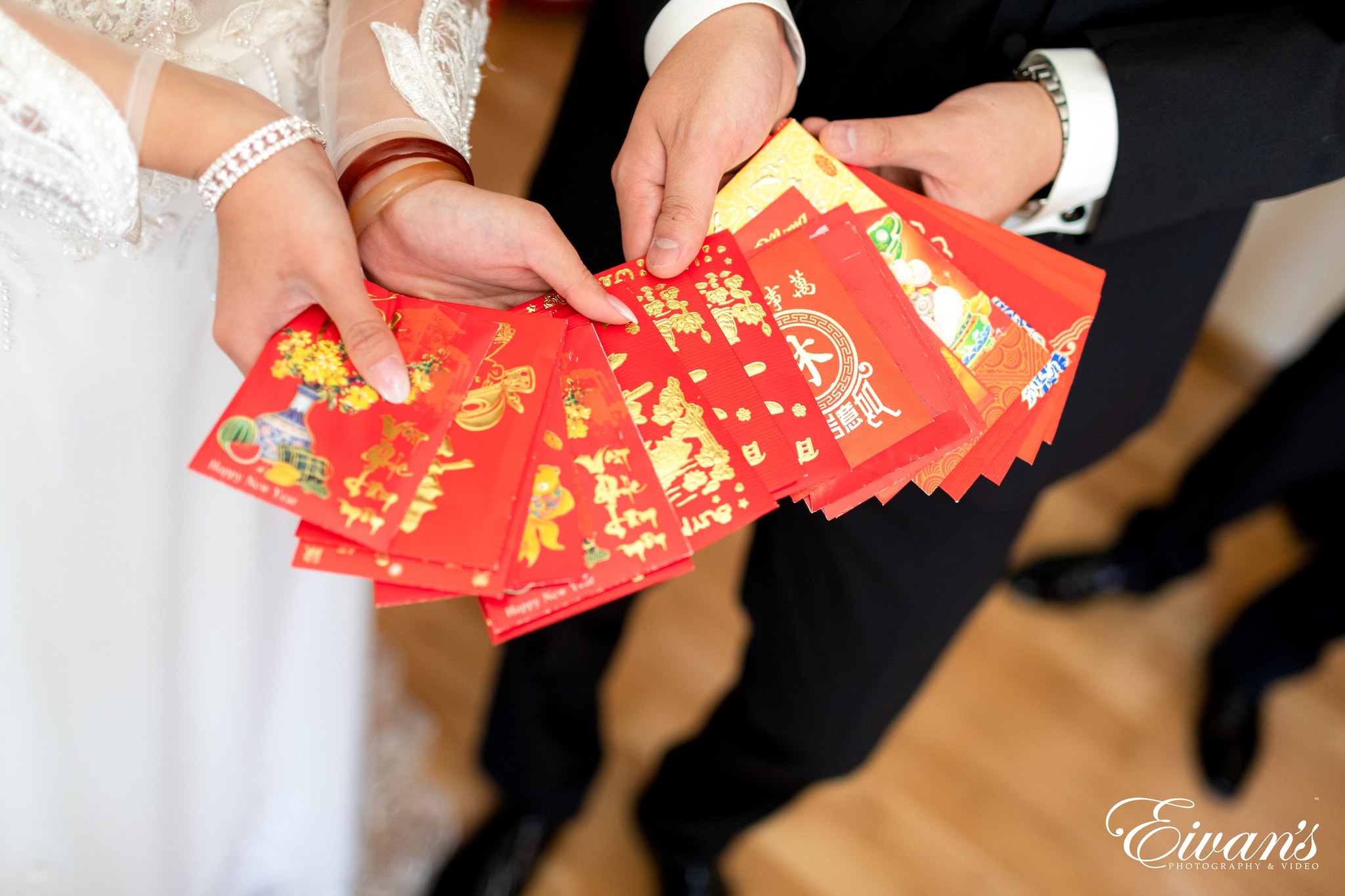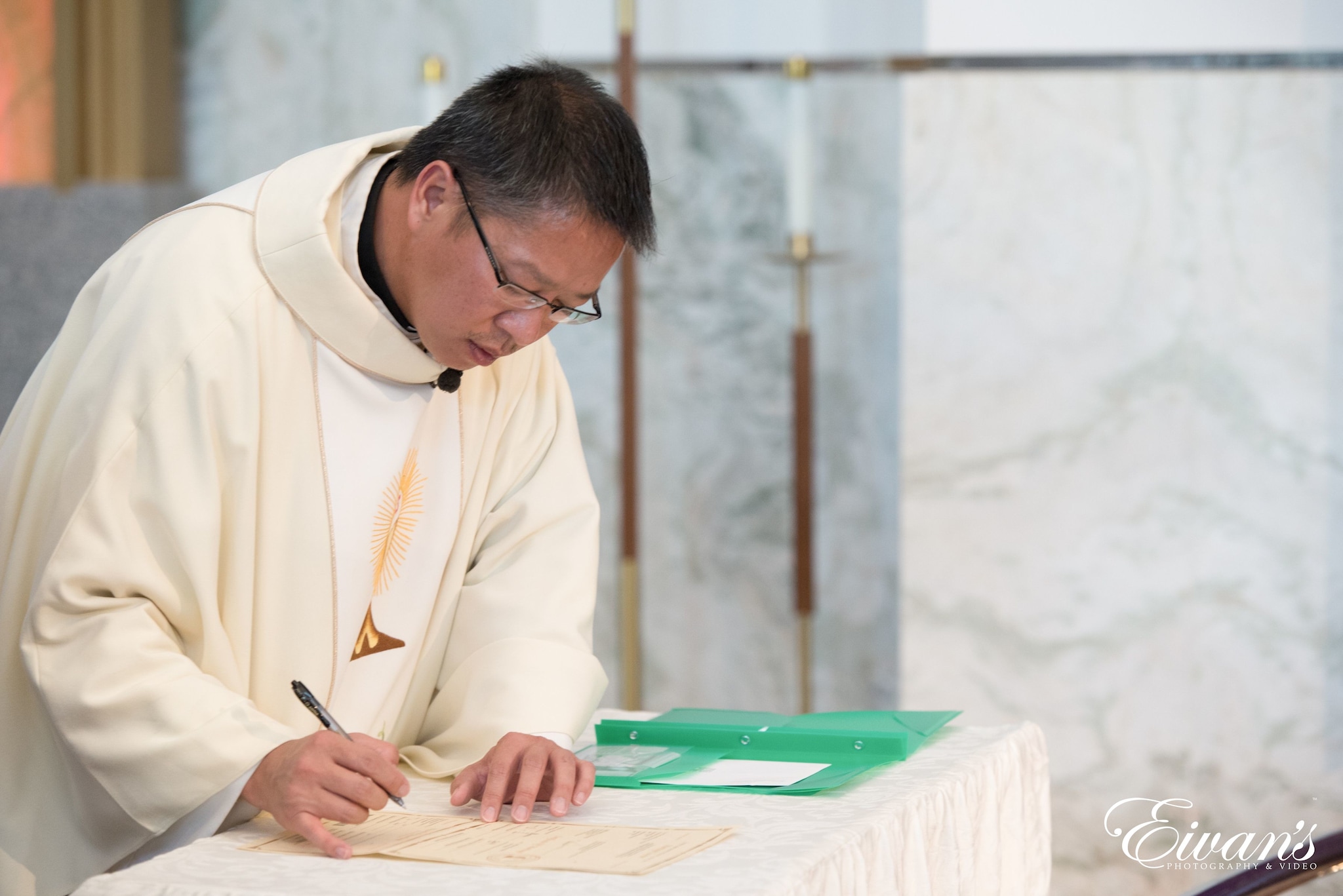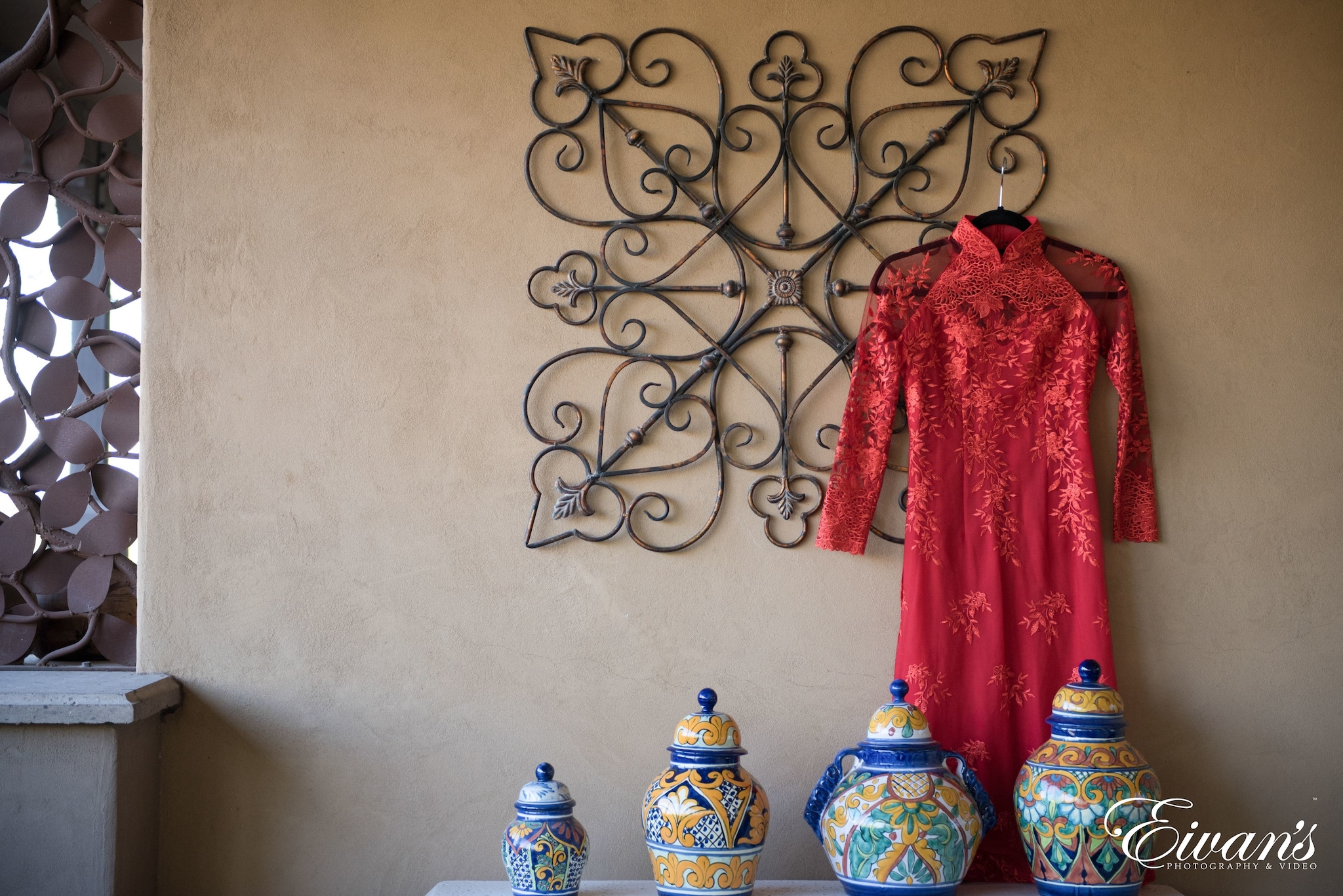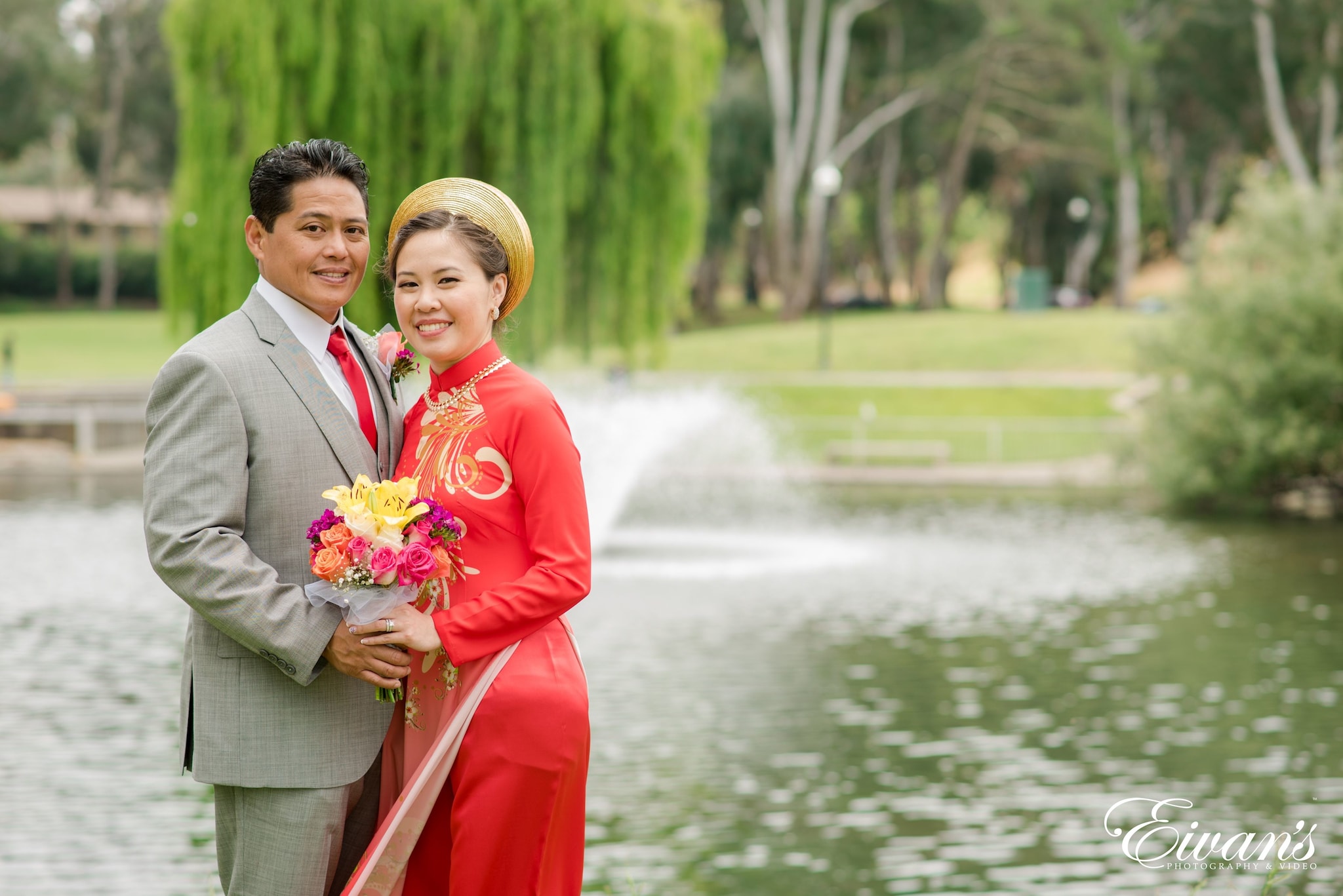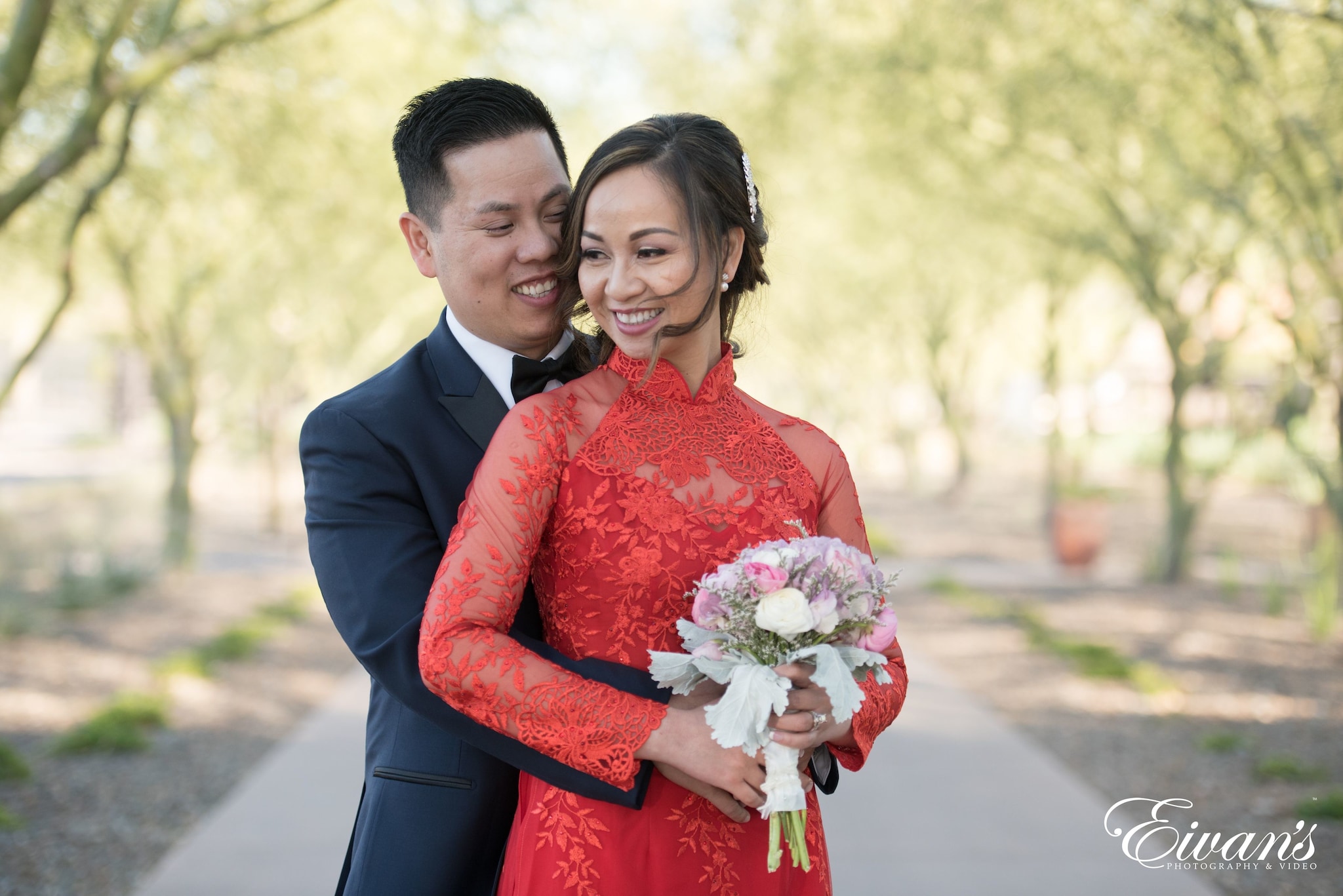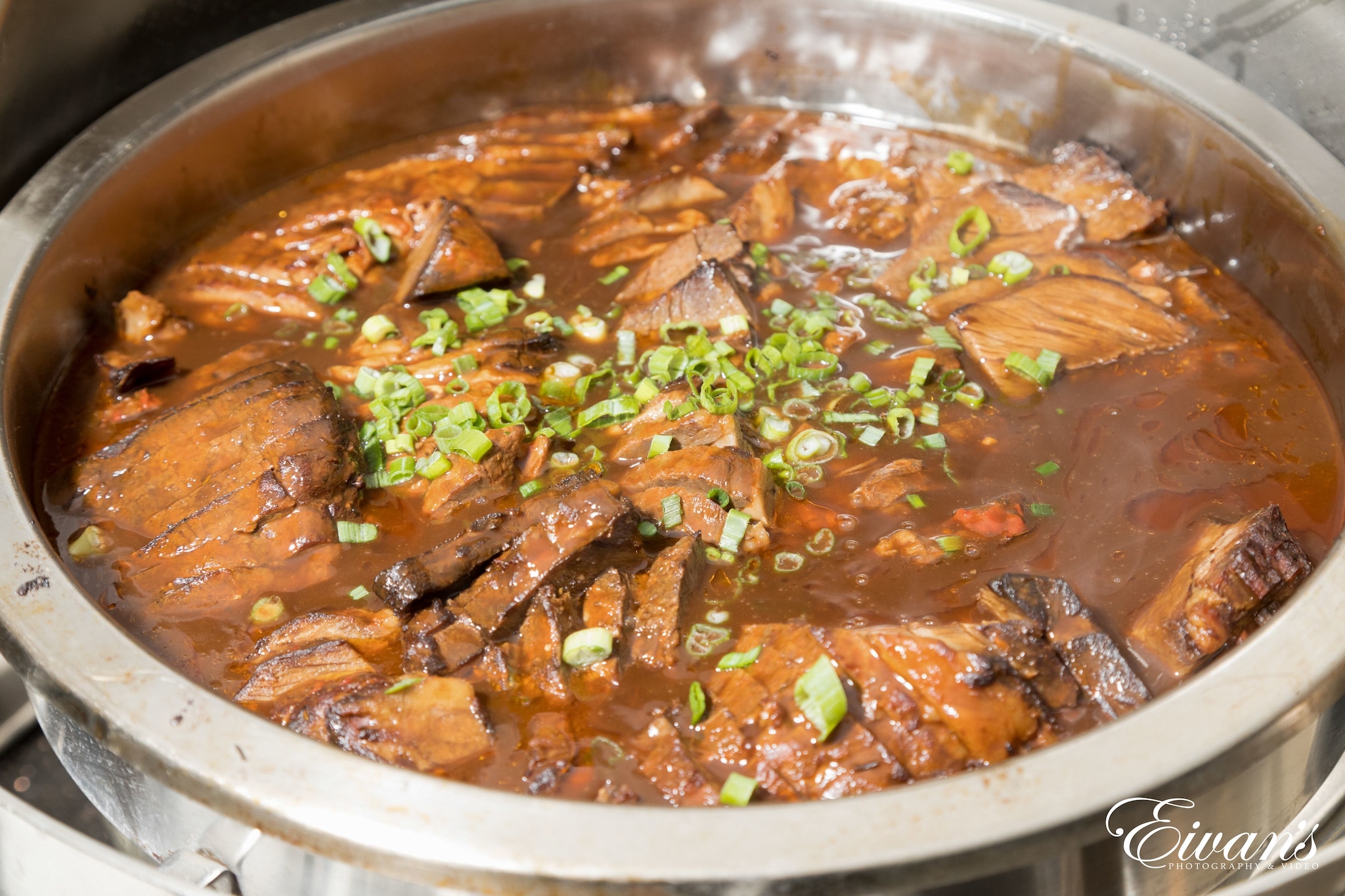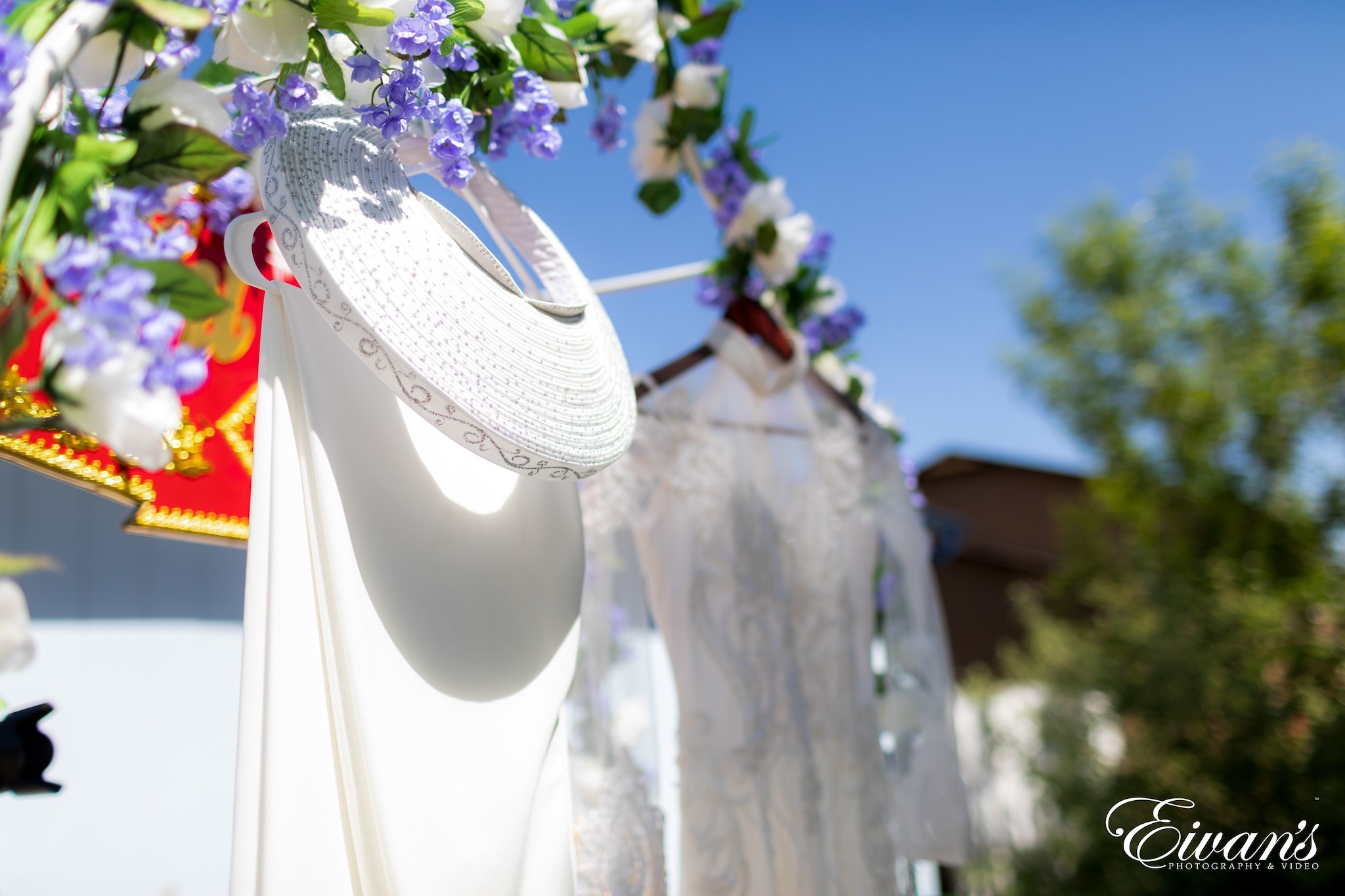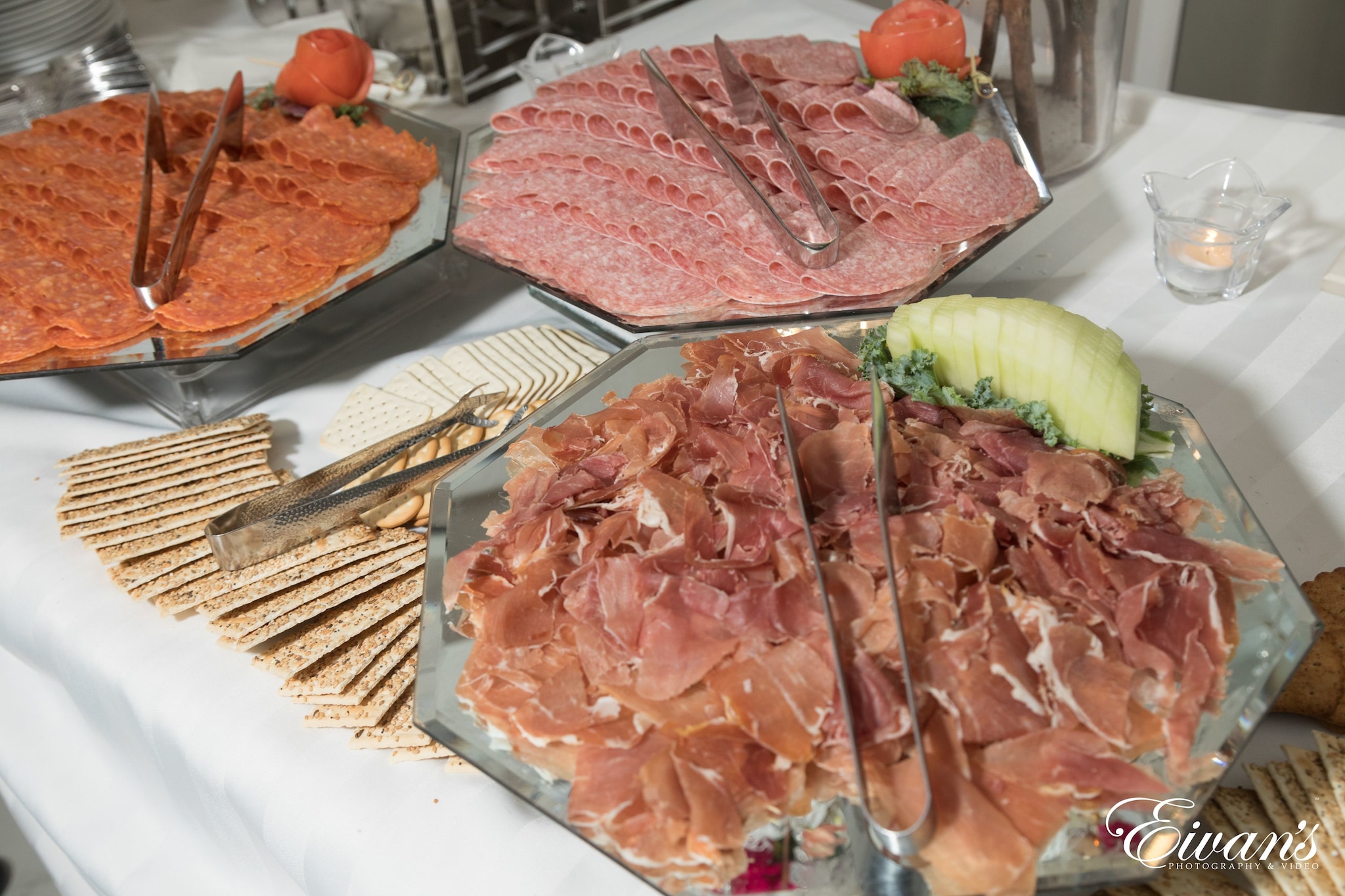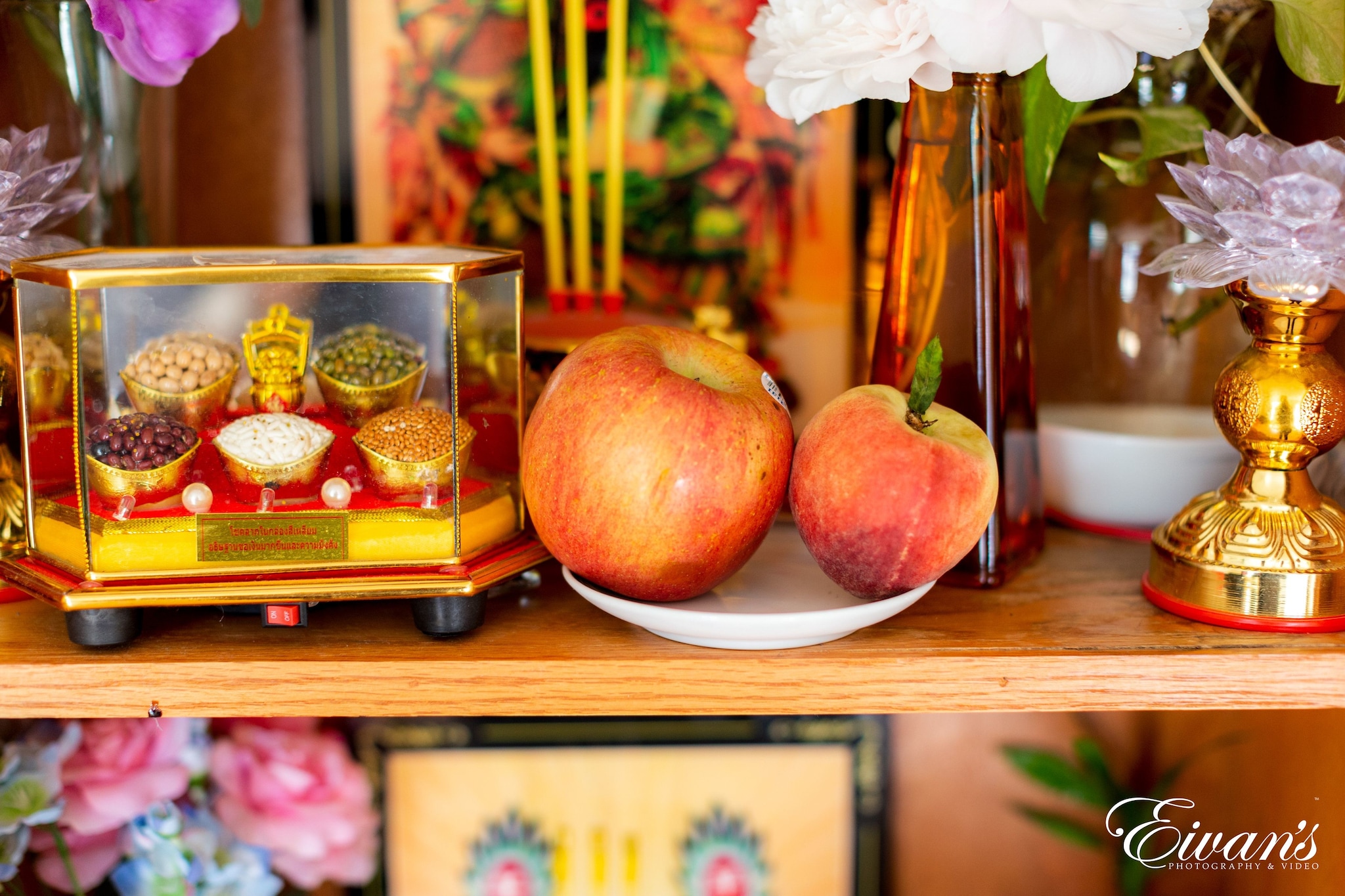Everything You Need to Know About the Vietnamese Wedding Traditions
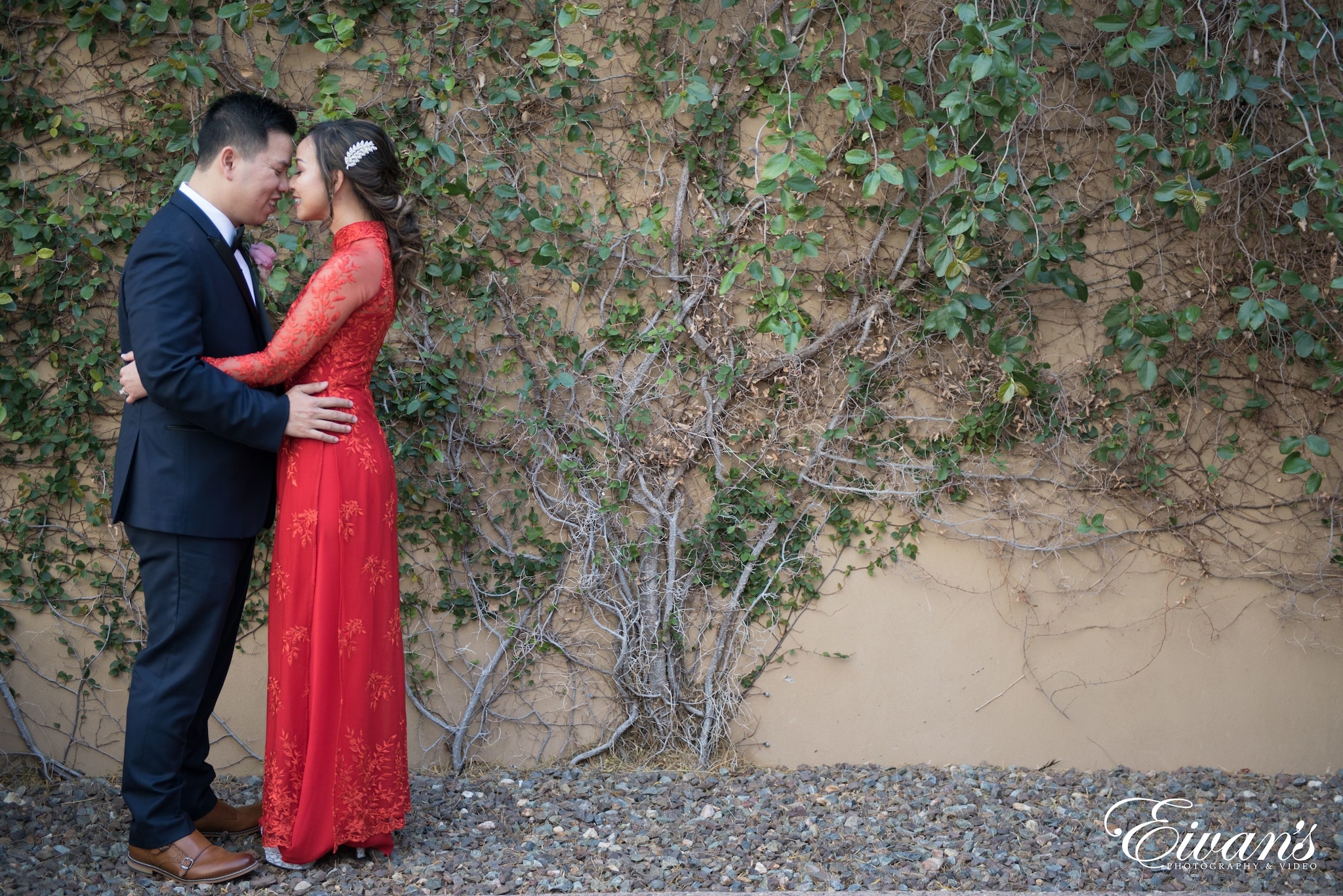
By Eivan’s Wedding Team ![]()
Are you marrying a Vietnamese man or woman? The traditional Vietnamese wedding is a special day in the Vietnamese culture. It derives its influence from the Confucian and Buddhist ideologies.
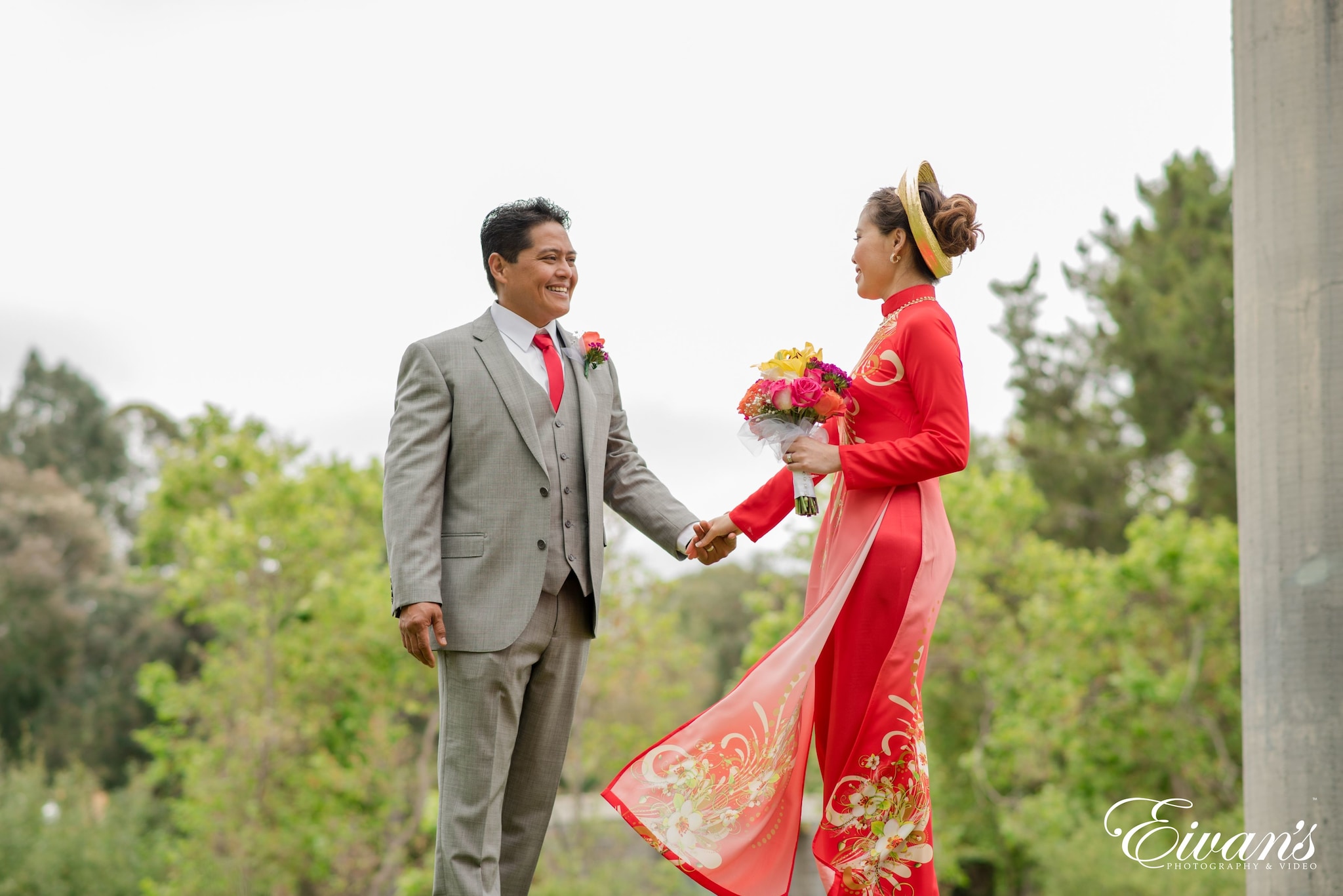
Are you about to attend a Vietnamese wedding? Or do you want to learn more about their culture, read on and learn about some of the most intriguing customs and Vietnamese wedding traditions. In the past, the Vietnamese wedding ceremony consisted of six ceremonies.
They included:
- The Nap tai – In this ceremony, the groom’s family brings a pair of birds to the bride’s home. This is to inform her family of the intentions to marry the girl.
- The Van danh – In this ceremony, the future groom would send a matchmaker to the bride’s house to ask the girl’s name and birthday.
- The Nap Cat – This ceremony informed the girl’s family that the groom went to a fortune teller. The rest of the ceremonies followed only if the fortune teller said they would make a good couple.
- The Nap Te – The future groom and his family bring presents to the bride’s family.
- Thinh ky – The ceremony was to decide on the wedding date.
- Than nghinh – In this ceremony, the groom’s family brings presents to the girl’s family and escorts the bride to the groom’s house.
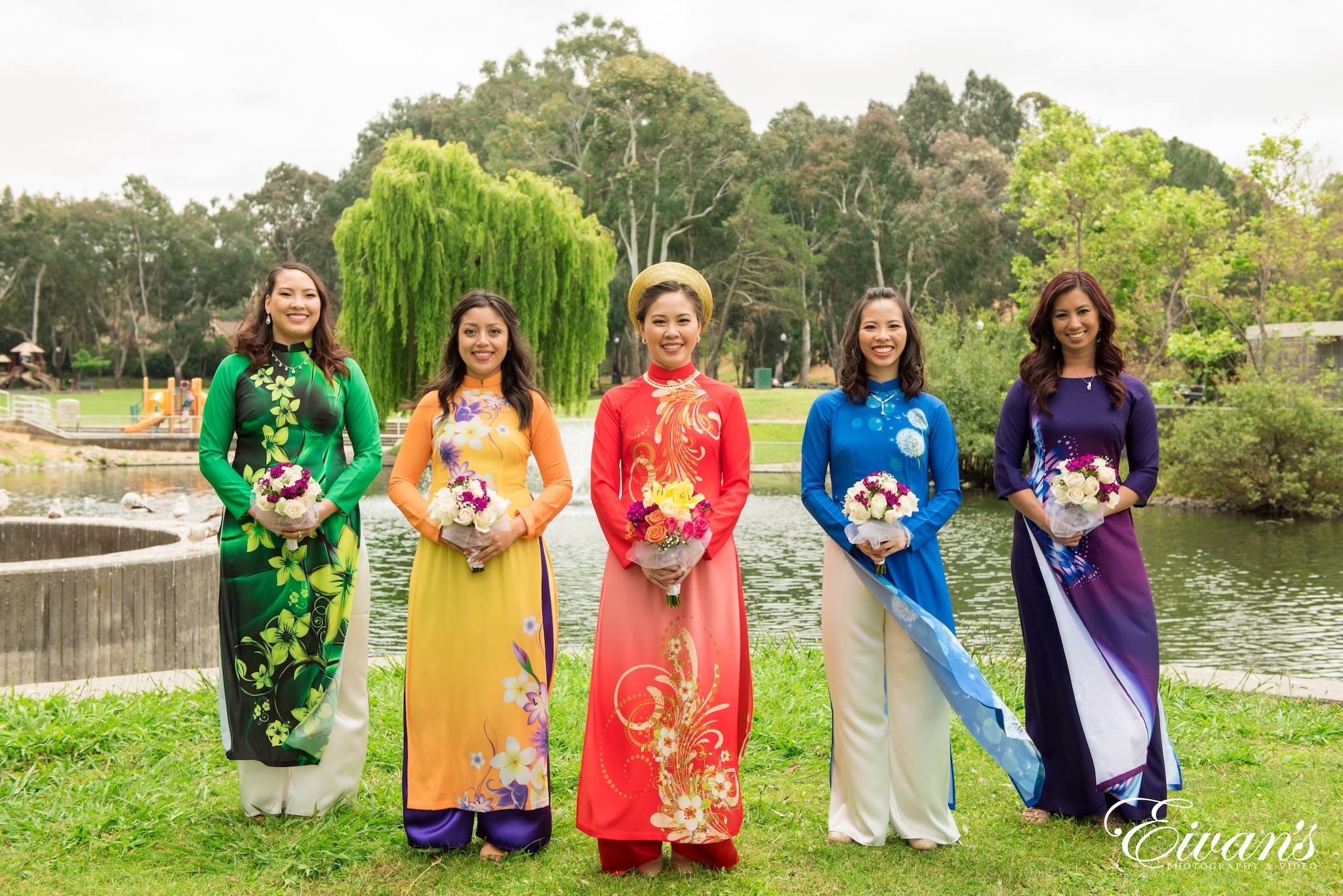
These ceremonies were strictly observed and held on different days. The Vietnamese weddings have three major ceremonies that happen on the same day.
They include:
The Permission ceremony (Le dam ngo)
This Vietnamese wedding tradition brings the two families together to a formal meeting to ask for the bride’s hand in marriage. The groom’s family brings gifts like betel, fruits, areca nuts and sweet treats to the bride’s family.
The gifts are in even not odd numbers to avoid bringing bad luck to the couple. The groom’s parents pray in front of the altar of the bride’s ancestors. They also ask for permission for their children to date. In the past, this ceremony brought the bride and groom together for the first time. This is because they had arranged marriages.
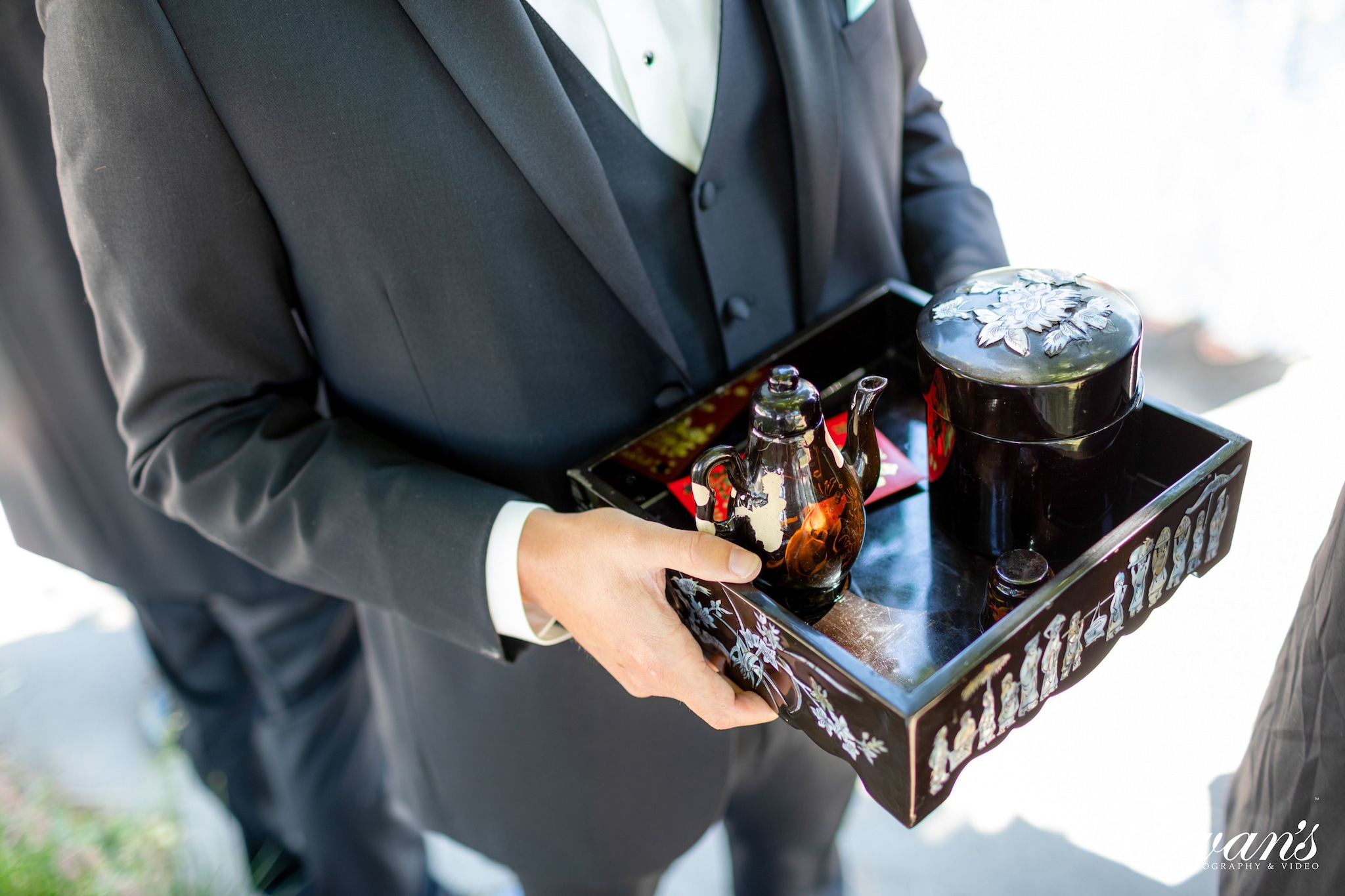
The Betrothal ceremony (Le an hoi)
This is the official engagement ceremony. The families inform the relatives and friends about the marriage between their children. The girl is presented as a fiancée to the groom to be and he is accepted as a family member into the bride’s family.
This ceremony happens before the actual wedding day or on the morning of the wedding day. Families, relatives and close friends of both the bride and groom all come to the ceremony. The bride’s parents decides the number of feasts the wedding will have and the gifts given.
The gifts may include tea, wine, betel leaves, fruits, wedding pies, candles, a full roasted pig and a traditional wedding dress. In the engagement ceremony, the bride wears the traditional ao dai in bright gold or red colors.
The groom wears ao dai or a suit. Family and friends who carry red gift boxes also wears ao dai for the ladies and pants and a shirt for the men. The guests are also free to wear formal clothings or ao dai.
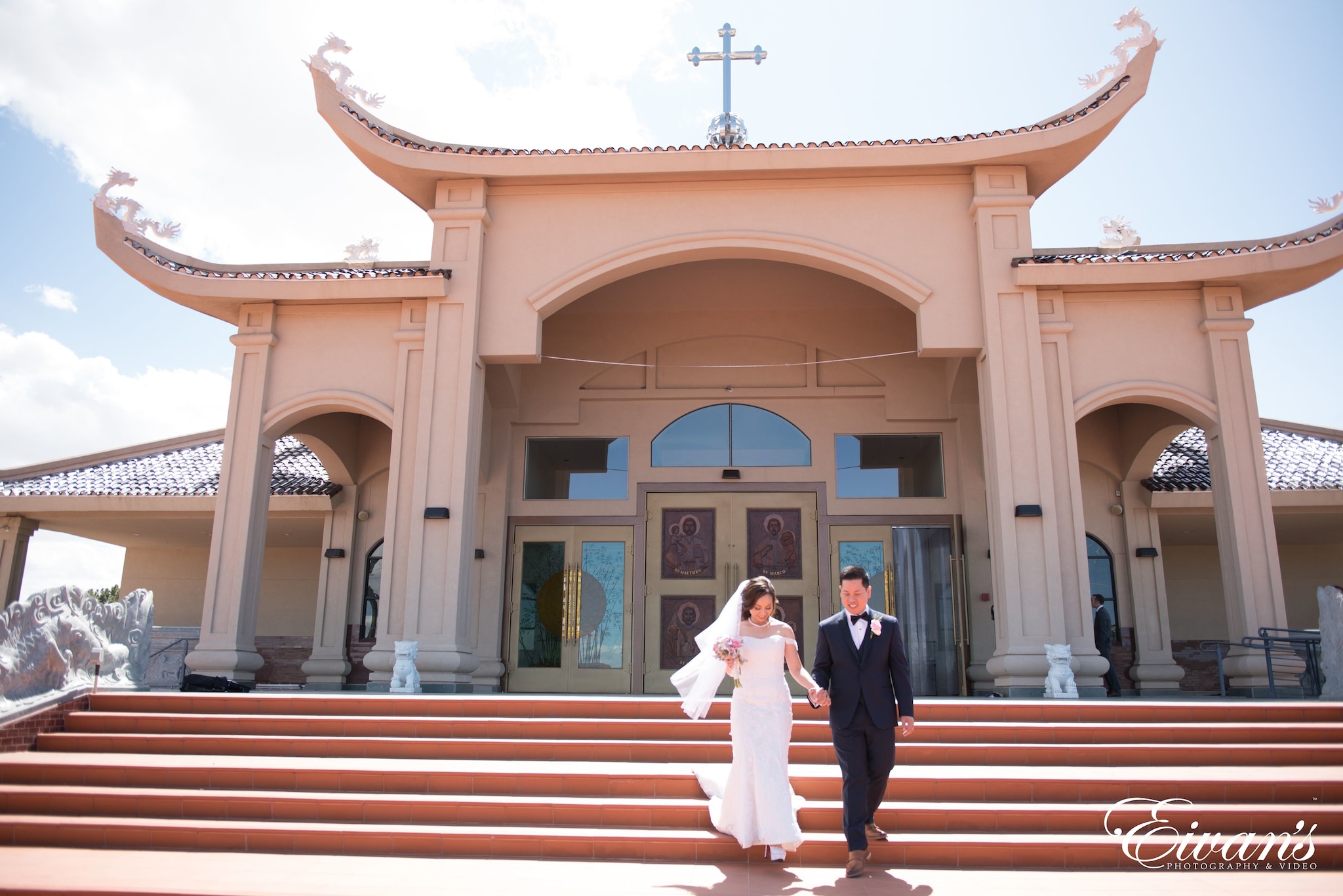
The wedding ceremony
The wedding date and time of the marriage ceremony is set on by the Buddhist monk or a fortune teller. This may change if the family is of the Catholic religion. The traditional Vietnamese wedding consists of a set of activities. They include, asking for permission to receive the bride, receiving the bride at her house and escorting her to the groom’s house.
On the morning of the wedding day, the groom and his groomsmen bring red covered gift boxes to the bride’s house. Together with his family members, relatives and friends they bring them to the bride’s house. On arrival the bridesmaid’s and family members will greet them at the flower gate.
It is a formal way to receive them as well as the gifts and invite them into the family house. The bridesmaids bring the gifts inside and present them in front of the ancestor’s altar. The representative of the groom starts the introductions, before the bride’s family accepts the gifts and opens them. The bride’s mother will wall the bride out to the wedding ceremony room and hand her over to the groom.
The tea ceremony and candle ceremony celebrate the coming together of the couple. The groom pours tea into a small cup and offers it to the matchmaker and the bride’s representative. The bride’s mother chooses gifts and makes offerings at the ancestor’s altar for good luck.
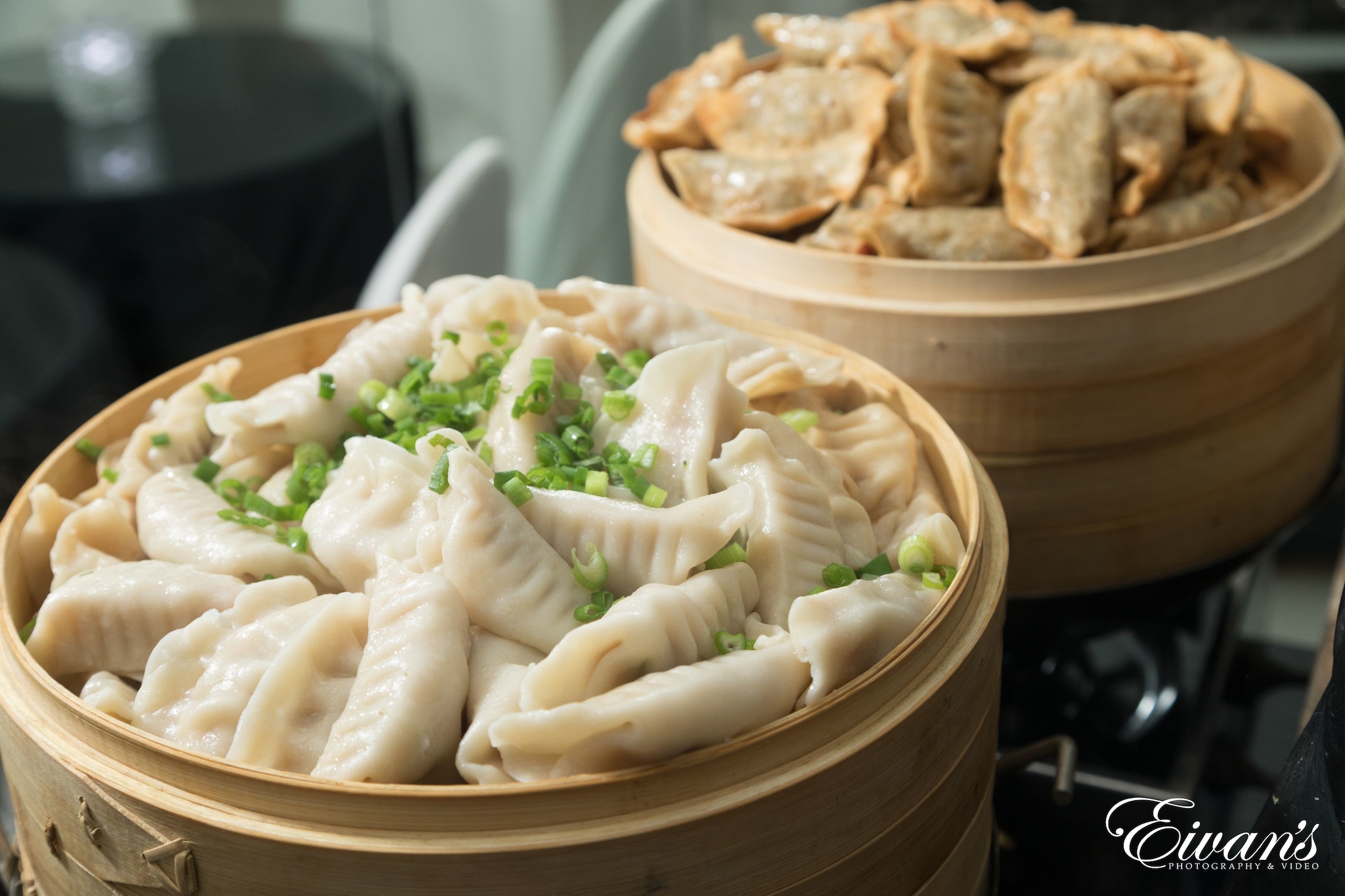
The Vietnamese traditions require that the newlyweds bow at the ancestor’s altar to pray for happiness and good luck in their marriage. The Vietnamese couples receive gifts from their relatives and friends. They include money, bracelets, necklaces and all types of jewelry.
The bride’s family divides the wedding gifts into two parts and send come back to the groom’s family. The groom’s mother opens the groom’s gift boxes and puts each piece of the jewelry on the bride for good fortune. Wedding rings are now a norm in the Western style Vietnamese weddings.
Catholic weddings reserve the exchange of wedding bands for a separate church ceremony. The newlyweds will give the bridesmaids red envelopes with money as a sign of gratitude for he. It is also a sign of best wishes to go find their better halves soon. This marks the end of the wedding party.
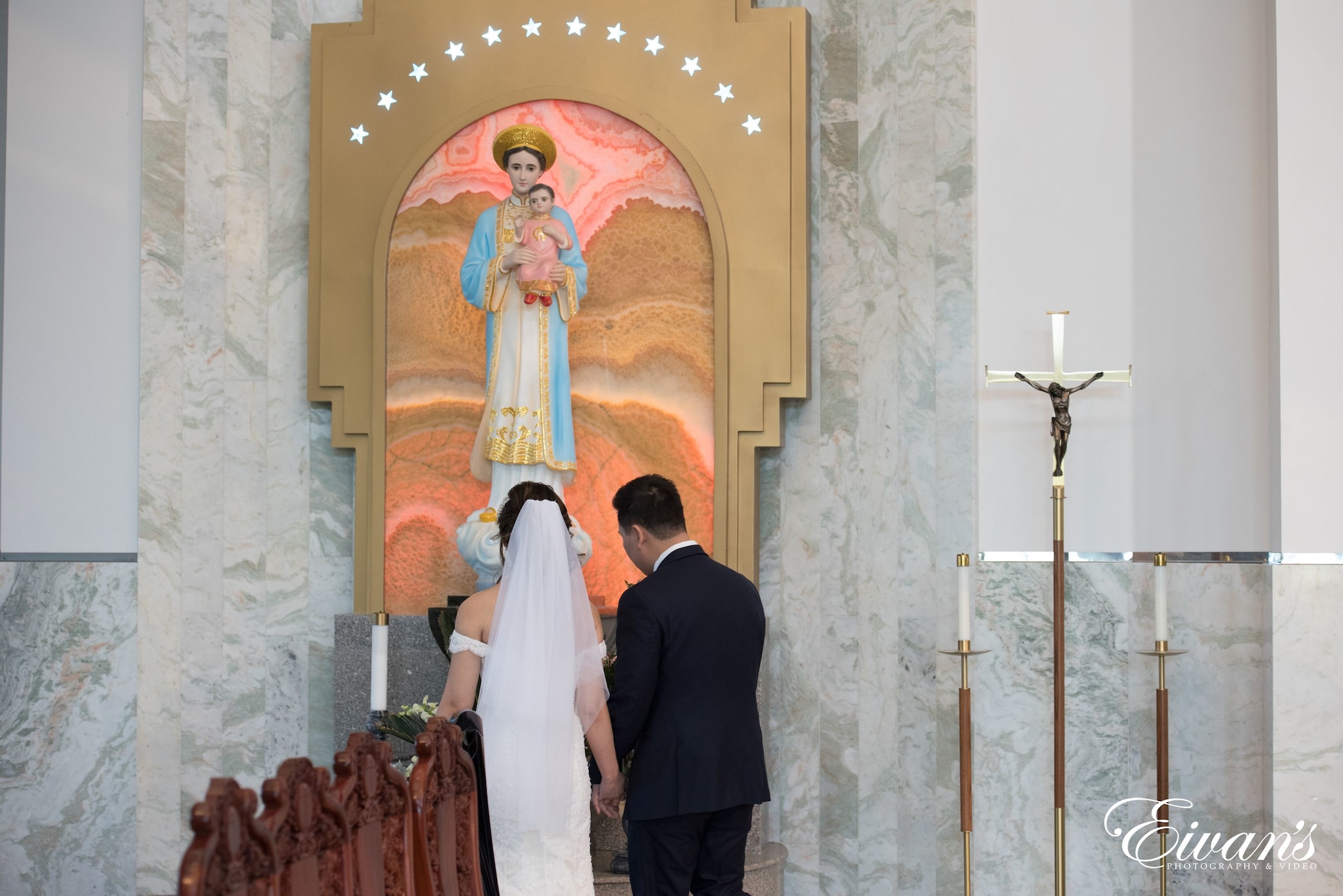
The wedding reception (Le don dau or Vu Quy)
Vietnamese wedding receptions are important events usually occurring right after the wedding ceremony. The bride must say goodbye to her parents and family and follow the groom to his house in a procession. The mother of the bride must stay at home and hide her tears.
